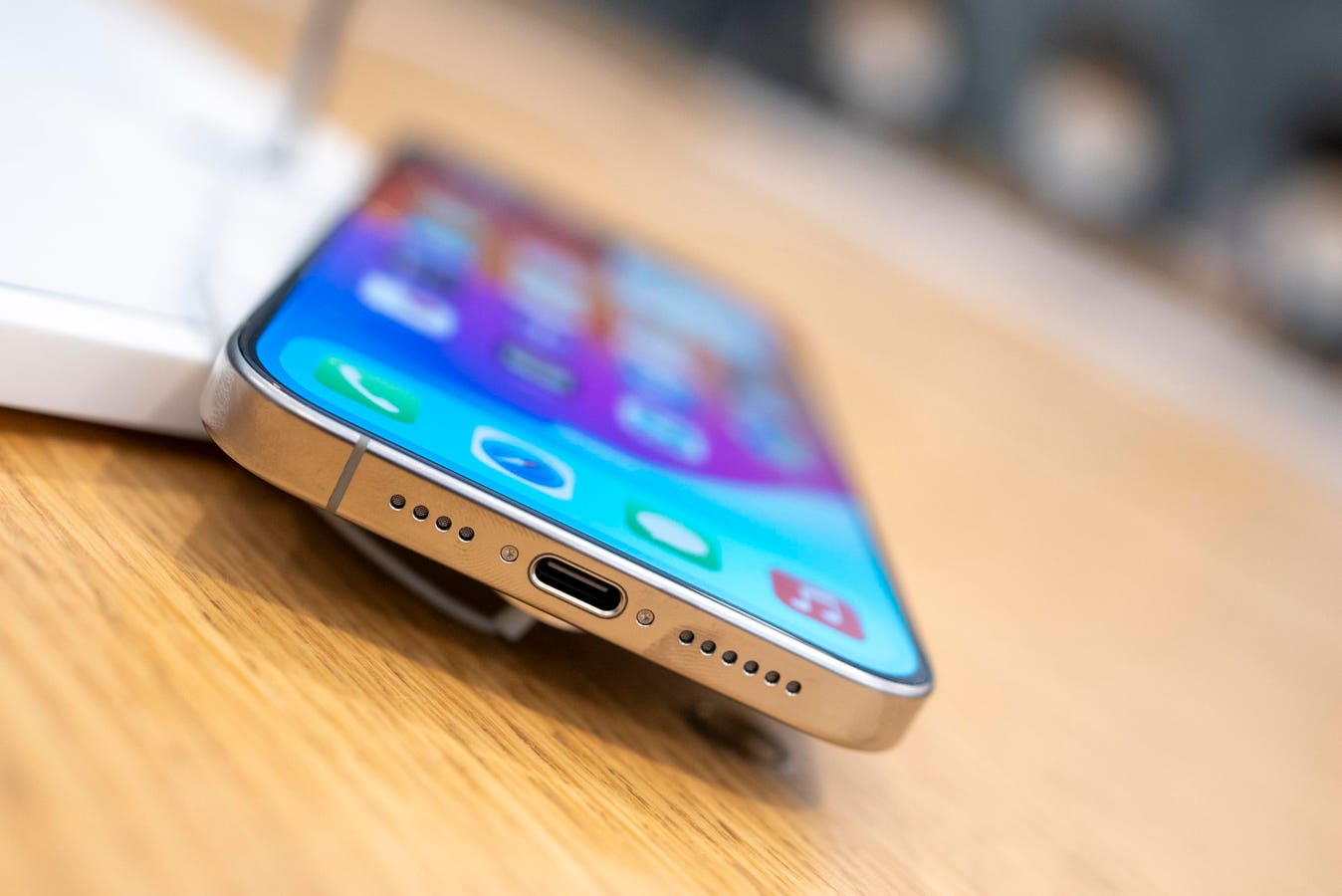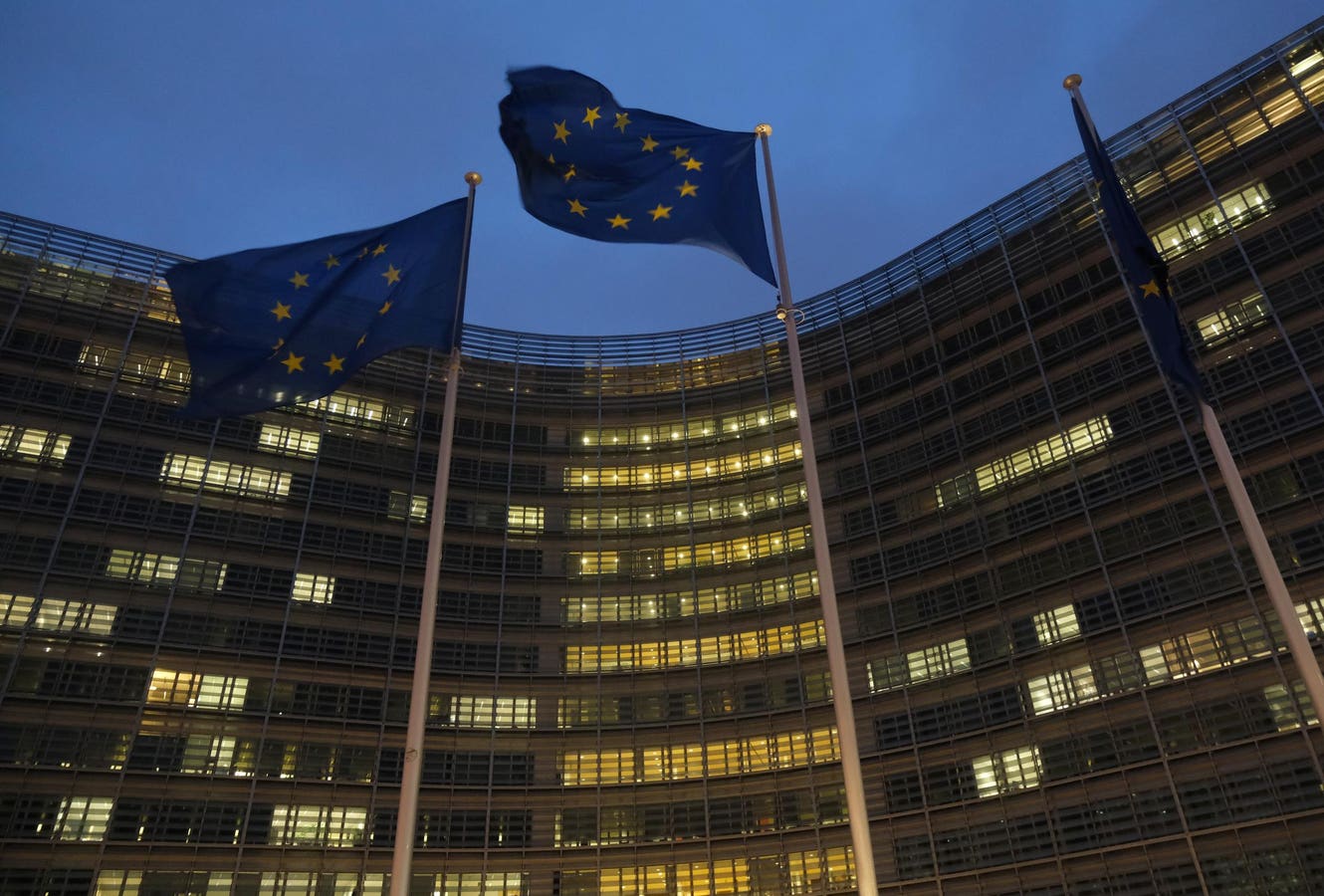Updated Sept. 11 with further analysis of the free satellite offer and when it might end.
Apple introduced satellite connectivity on the iPhone 14 series back in November 2022. Initially, it was a free service for two years. But Apple made a surprise announcement this week that all iPhone 14 and iPhone 15 users can have the service free until at least November 2026. But what happens after that? Several analysts have weighed in — more on that below.
Apple iPhone 15 just had its satellite connectivity extended for free.
Getty Images
The Emergency SOS via satellite service introduced the capability to send messages to emergency services when you’re in trouble but out of cellular or Wi-Fi connectivity. The system, which is being extended to Apple Watch 3 users shortly, also meant you could share your location, and it was later expanded so you could send text messages when you’re off the grid.
All iPhones from iPhone 14 onwards automatically get free access to Emergency SOS for two years from activation. But while that should have meant early adopters could have seen the service end in 2024, Apple announced an extension for iPhone 14 users in 2023. That meant the service could have ended for some users in November 2025.
However, buried in the notes in its Newsroom post about the iPhone 17 Pro and iPhone 17 Pro Max, Apple had an update.
“Apple is extending free access to satellite features for an additional year for existing iPhone 14 and iPhone 15 users. The free trial will be extended for iPhone 14 and iPhone 15 users who have activated their device in a country that supports Apple’s satellite features prior to 12 a.m. PT on September 9, 2025,” it said.
Which means that all iPhone 14 series, iPhone 15 series and iPhone 16 series (including iPhone 16e) users, plus anyone with the upcoming iPhone 17 series, will have access to the service until at least November 2026.
This is great news. It’s a feature that has unquestionably saved lives, and while other options, such as T-Mobile’s T-Satellite, offer different capabilities, Apple’s system, with clever software that lets you know where to point the iPhone to signal to a passing satellite, has become an essential service.
So, how long will this free offer last? There have been suggestions from industry commentators like John Gruber about it: “My hunch on this is that Apple would like to make this available free of charge in perpetuity, but wasn’t sure how much it would actually get used, and thus how much it would actually cost,” he pointed out in 2023.
He also commented that if Apple charges for this, “eventually there’s going to be someone who dies because they chose not to pay to continue service.”
There are other satellite options available from Apple, such as Roadside Assistance, which is free in terms of costs from Apple but requires a payment to AAA in the U.S. It’s possible that Apple could keep the emergency aspect of the service free but charge for other features such as location sharing or regular texting.
For now, though, there’s no charge until at least November next year.









